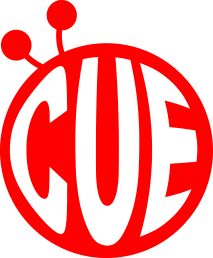特に重要な作品として、安永6年(1777年)4月大坂中の芝居で上演された歌舞伎「伽羅先代萩」(奈河亀輔ほか作)と、翌安永7年(1778年)7月江戸中村座で上演された歌舞伎「伊達競阿国戯場」(桜田治助・笠縫専助合作)、さらに天明5年(1785年)江戸結城座で上演された人形浄瑠璃「伽羅先代萩」(松貫四ほか作)の3作が挙げられる。
There were
three particularly important plays among them:
a Kabuki
play 'Meiboku Sendai Hagi' (
written by Kamesuke NAGAWA and others) performed during April 1777
at Naka
no Shibai (the Naka-za Theater)
in Osaka, Kabuki
play 'Date Kurabe Okuni Kabuki' (Competition of the Date Clan
in Okuni Kabuki) (
written by a collaboration of Jisuke SAKURADA and Sensuke KASANUI) performed during July 1778
at the Nakamura-za Theater
in Edo, and Ningyo Joruri
play 'Meiboku Sendai Hagi' (
written by Kanshi MATSU and others) performed during 1785
at the Yuki-za Theater
in Edo.


